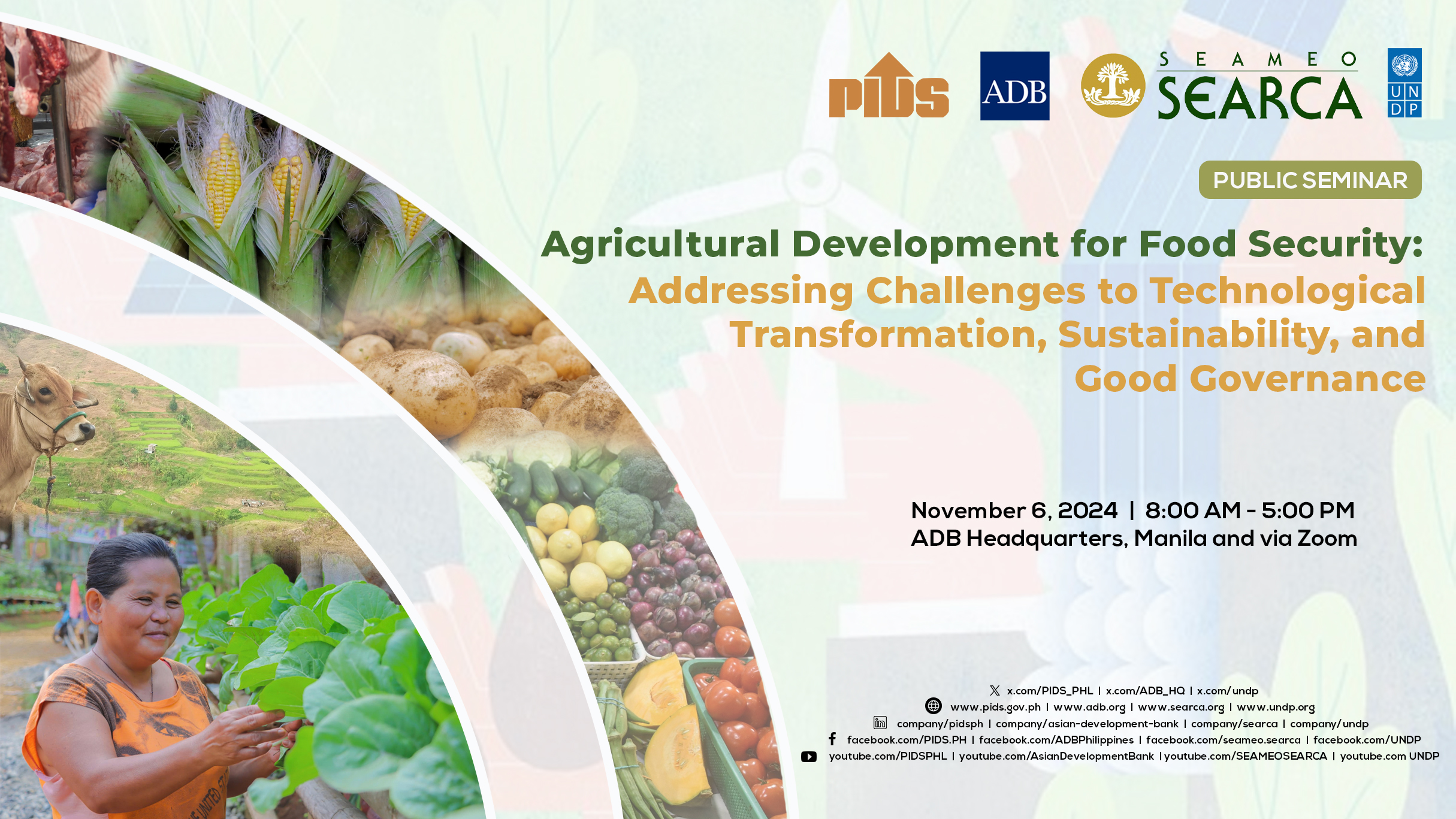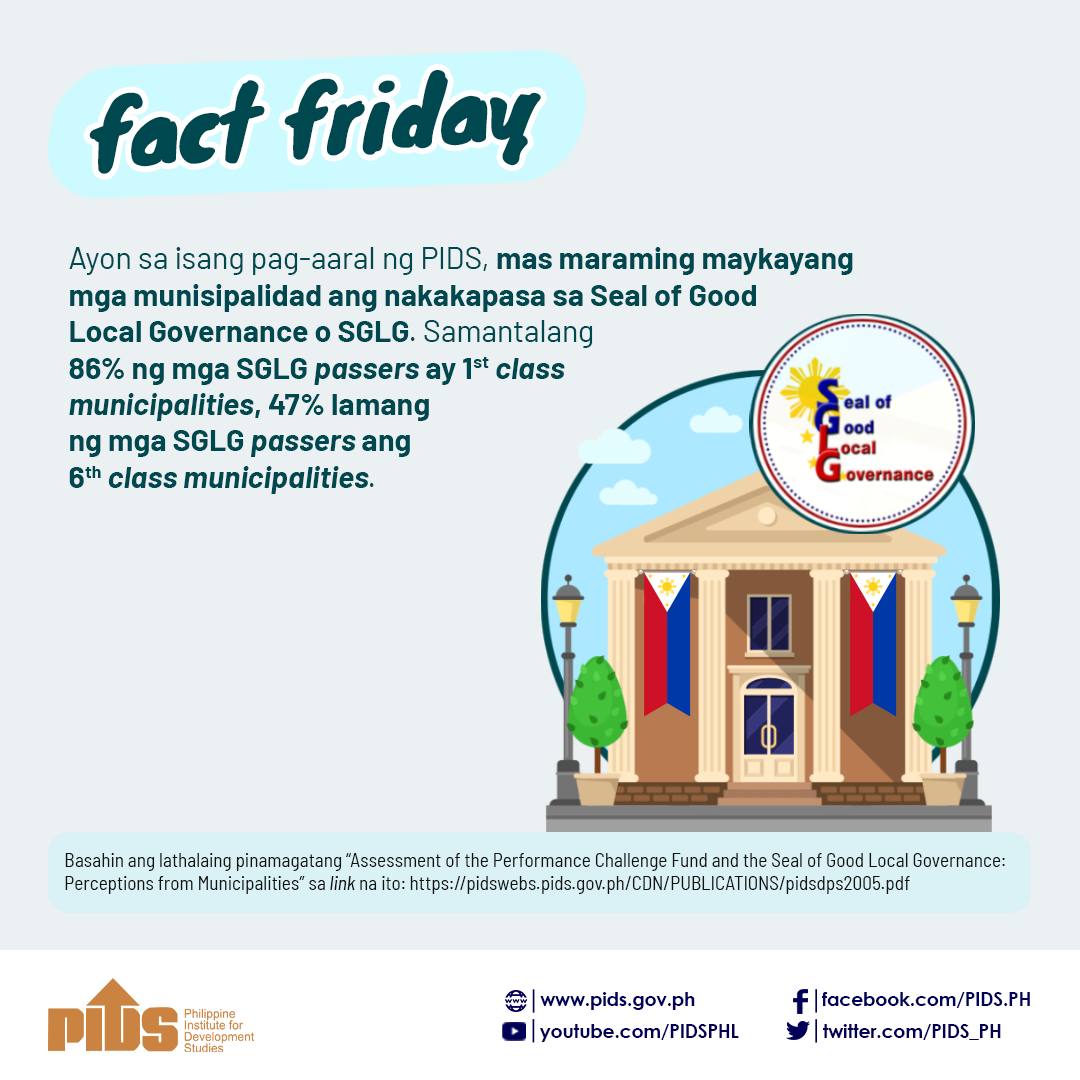Filipino students are left behind.
The 2022 Programme for International Students Assessment (PISA) results indicate that our students are five to six years behind the average learner. Across 81 countries, the Philippines ranked among the lowest in reading, mathematics, and science.
These dismal results have raised alarm over the country’s current education system, with many (rightfully) holding the Department of Education accountable. There had been a widespread clamor for urgent education reforms.
We argue, however, that reforms need not only be in the education sector but in the health sector as well. Our argument is simple: hungry children do not make good students.
Malnourished bodies, malnourished minds
Often overlooked are the growing cases of malnutrition in the country and its categorical link to low academic performance.
Malnutrition is a perennial concern in the Philippines. According to the United Nations Children’s Fund as of 2023, malnutrition kills 95 Filipino children daily. 27 out of 1,000 children do not get past their fifth birthday. In 2019, the Department of Education reported that 1,836,793 pupils from kindergarten to Grade 6 were undernourished.
Moreover, 1 out of 4 Filipino children under 5 years old is stunted. In fact, the Philippines ranks among the 10 countries globally with the highest number of stunted children. These alarming figures drove the World Health Organization to classify the stunting prevalence of children in the Philippines with “very high” public health significance in 2021.
Alongside undernutrition, the incidence of overweight and obesity among children has been slowly rising. The Food and Nutrition Research Institute in 2019 reported that nearly 1 in 10 children, aged 5 to 19, are overweight. Moreover, overweight and obese children tend to stay obese into adulthood and develop noncommunicable diseases.
While the prevalence of obesity and overweight is nowhere near undernutrition, the Department of Health cautions that “it will be unfortunate to prejudice the public health attention it deserves to mitigate its future risk on non-communicable diseases, premature death, and disability.”
What the Department of Health has missed however is drawing a connection between these figures and the dismal PISA scores.
With stunting contributing to cognitive delays, malnutrition can lead to a severe loss of human potential and productivity, manifesting inside the classroom.
The effect of malnutrition on academic performance has long been empirically established. Multiple studies have demonstrated how malnutrition among school-age children has severe effects on physical conditions and increases the risk of high absenteeism, and early dropout rates, as well as contributes to low enrollment and poor academic performance.
Furthermore, malnutrition may have lasting effects on the logic and critical thinking of the youth, as evidenced by the low PISA scores. This may also have an impact on the global competitiveness of our labor workforce, especially migrant workers, many years down the line.
The underbelly of learning poverty
Just as malnutrition is associated with learning poverty, it is also indisputably linked to material poverty. Poverty remains the leading cause of malnutrition.
Many poor Filipinos are hungry. According to the Third Quarter 2023 Social Weather Survey, nearly 1 in 10 families experienced involuntary hunger at least once in the past three months. A study by the Philippine Institute for Development Studies in 2022 associated this with the high cost of food– especially nutrient-adequate diets, making it unaffordable to many Filipino households.
This is only bound to worsen as prices of basic commodities soar. In December 2023, the country’s inflation rate stood at 5%, as reported by the Philippine Statistics Authority. Furthermore, while several cheap foods may exist as an option, these may likely lack the required nutrition, as was the trend in Singapore in April 2023 amid rising inflation.
According to the Global Food Security Index in 2022, the Philippines is the most food-insecure Asian economy. Bearing the brunt of this unaffordability are the poorest among the poor, who suffer the highest incidence of malnutrition.
The cost of malnutrition in the Philippines is staggering. In 2016, Save the Children reported that the Philippines lost nearly P166.5 billion worth of income due to lower levels of education by the fraction of the workforce who suffered from childhood stunting. Malnutrition also cost the country around P160 billion in lost productivity as an outcome of premature deaths. Moreover, approximately P1.23 billion is spent on additional education costs to cover repetitions due to undernutrition.
All in all, nearly P328 billion is lost annually due to malnutrition.
Multifaceted issue, multisectoral approach
This is not of course to absolve the education sector of the blame, nor to frame the substandard PISA results as solely a health issue. Rather, we advance the position that the learning poverty that currently haunts the education system is a multifaceted issue that mandates a multisectoral approach.
The Philippine government must implement a more integrated strategy that aligns health and education together. The two departments must work more cohesively in addressing the root causes of students’ underperformance.
The Philippine Plan of Action for Nutrition (PPAN) 2023-2028 may serve as an important framework to guide the country’s long-term nutritional goals. Launched on September 4, 2023, by the National Nutrition Council, the new PPAN seeks to address all forms of malnutrition in partnership with government agencies, civil society organizations, the private sector, and the academe.
It is however important that we learn from the gaps of the previous initiatives, such as weak nutrition program leadership in several local government units and the need for adequate human resources. Targeting these pitfalls can help strengthen our national strategies moving forward.
We also wish to underscore the centrality of research in this undertaking. The country’s approach to confronting malnutrition must be evidence-based, backed by thorough and well-meaning research.
We have a health crisis in our midst. Leaving no children behind also entails ensuring that there is food on their table. – Rappler.com












